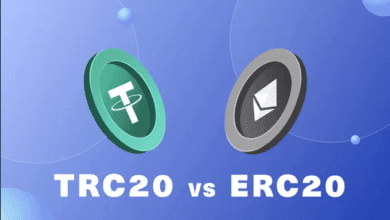Public Ledger, Private Identity: Unveiling User Privacy in Blockchain Technology

Since blockchain technology is public, how are the identities of users protected?
Blockchain technology has gained significant traction for its transparency and security. However, with transactions publicly recorded on a shared ledger, a question arises: how are user identities protected in this seemingly open environment? This article explores the ingenious mechanisms employed by blockchain to safeguard user privacy while leveraging the power of a public ledger.
Unveiling the Illusion of Public Identity
While blockchain transactions are indeed publicly viewable, it’s crucial to understand that this information doesn’t directly reveal a user’s real identity. Here’s why:
Pseudonymous Identities: Blockchain users often interact through pseudonyms, which are unique identifiers that don’t correspond to their real names or personal details. These pseudonyms, often represented by cryptographic addresses, act as public identifiers while keeping the actual user anonymous.
Zero-Knowledge Proofs: With this cutting-edge cryptographic method, users can demonstrate their possession of specific data without actually disclosing the data. Zero-knowledge proofs can be used in a blockchain setting to confirm a user’s eligibility for a transaction without revealing any personal information about them.
Mechanisms for Enhanced Privacy
Beyond the inherent anonymity offered by pseudonyms, several additional mechanisms bolster user privacy in blockchain systems:
Hashing: Sensitive data within a transaction can be encrypted using a hashing function. This one-way mathematical process transforms the data into a seemingly random string, protecting its confidentiality while still allowing for verification.
Permissioned Blockchains: Unlike public blockchains accessible to anyone, permissioned blockchains restrict participation to authorized users. This controlled environment offers an additional layer of privacy, particularly relevant for applications dealing with sensitive data.
Self-Sovereign Identity (SSI): This emerging concept empowers users with control over their digital identities. By storing identity data on their own devices and selectively sharing verified credentials with third parties, users can manage their privacy more effectively.
The Balancing Act: Transparency vs. Privacy
Blockchain technology strives to strike a balance between transparency, a core tenet of the system, and user privacy, a critical concern in today’s digital world. The mechanisms discussed above demonstrate the ongoing efforts to create a secure and private environment for users to interact without compromising core blockchain principles.
As blockchain technology matures, we can expect further advancements in privacy-preserving techniques. This will ensure continued user adoption and unlock the full potential of blockchain in various sectors, all while safeguarding individual privacy in this evolving digital landscape. Also Read what it blockchain?
Since blockchain technology is public, how are the identities of users protected?





